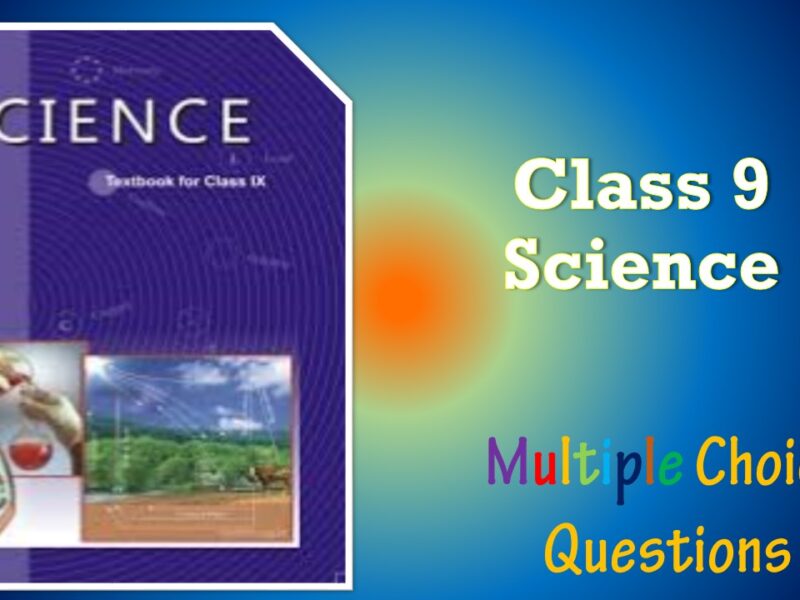CBSE Class 10 Science Chapter 15 Our Environment Multiple Choice Questions with Answers. MCQ Class 10 Science Our Environment with Answers was Prepared Based on Latest Exam Pattern. Students can solve NCERT Class 10 Science Our Environment MCQs with Answers to know their preparation level.
MCQ Class 10 Science Our Environment with Answers - Set - 3
Question 1:
Disposable plastic plates should not be used because
(а) they are made of materials with light weight
(b) they are made of toxic materials
(c) they are made of biodegradable materials
(d) they are made of non-biodegradable materials
Correct Answer – (D)
Question 2 :
Which of the statements is incorrect?
(а) All green plants and blue green algae are producers
(b) Green plants get their food from organic compounds
(c) Producers prepare their own food from inorganic compounds
(d) Plants convert solar energy into chemical energy
Correct Answer – (B)
Question 3 :
Which group of organisms are not the constituents of a food chain?
(i) Grass, lion, rabbit, wolf
(ii) Plankton, man, fish, grasshopper
(iii) Wolf, grass, snake, tiger
(iv) Frog, snake, eagle, grass, grasshopper
(a) (i) and (iii)
(b) (iii) and (iv)
(c) (ii) and (iii)
(d) (i) and (iv)
Correct Answer – (C)
Question 4 :
Organisms of a higher trophic level which feed on several types of organisms belonging to a lower trophic level constitute the
(a) food web
(b) ecological pyramid
(c) ecosystem
(d) food chain
Correct Answer – (A)
Question 5 :
Organisms which synthesise carbohydrates from inorganic compounds using radiant energy are called
(a) decomposers
(b) producers
(c) herbivores
(d) carnivores
Correct Answer – (B)
MCQ Class 10 Science Our Environment with Answers
Question 6 :
The decomposers in an ecosystem
(a) convert inorganic material, to simpler forms
(b) convert organic material to inorganic forms
(c) convert inorganic materials into organic compounds
(d) do not breakdown organic compounds
Correct Answer – (B)
Question 7 :
The percentage of solar radiation absorbed by all the green plants for the process of photosynthesis is about
(a) 1%
(b) 5%
(c) 8%
(d) 10%
Correct Answer – (A)
Question 8 :
In the given Figure the various trophic levels are shown in a pyramid. At which trophic level is maximum energy available?

(a) T4
(b) T2
(c) T1
(d) T3
Correct Answer – (C)
Question 9 :
Excessive exposure of humans to UV-rays results in
(i) damage to immune system
(ii) damage to lungs
(iii) skin cancer
(iv) peptic ulcers
(a) (i) and (ii)
(b) (ii) and (iv)
(c) (i) and (iii)
(d) (iii) and (iv)
Correct Answer – (C)
Question 10 :
In an ecosystem, the 10% of energy available for transfer from one trophic level to the next is in the form of
(a) heat energy
(b) light energy
(c) chemical energy
(d) mechanical energy
Correct Answer – (C)
- NCERT Solutions Class 10 Science Chapter 8 : How Do Organisms Reproduce?
- NCERT Solutions Class 10 Science Chapter 9 : Heredity and Evolution
- NCERT Solutions Class 10 Science Chapter 10 : Light Reflection and Refraction
- NCERT Solutions Class 10 Science Chapter 11 : Human Eye and Colourful World
- NCERT Solutions Class 10 Science Chapter 12 : Electricity
- NCERT Solutions Class 10 Science Chapter 13 : Magnetic Effects of Electric Current
- NCERT Solutions Class 10 Science Chapter 14 : Sources of Energy
- NCERT Solutions Class 10 Science Chapter 15 : Our Environment
- NCERT Solutions Class 10 Science Chapter 16 : Management of Natural Resources
- NCERT Solutions Class 10 Science Textbook Download



